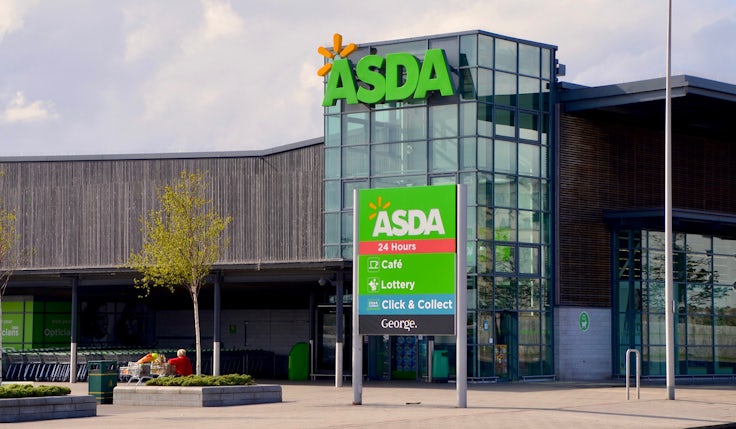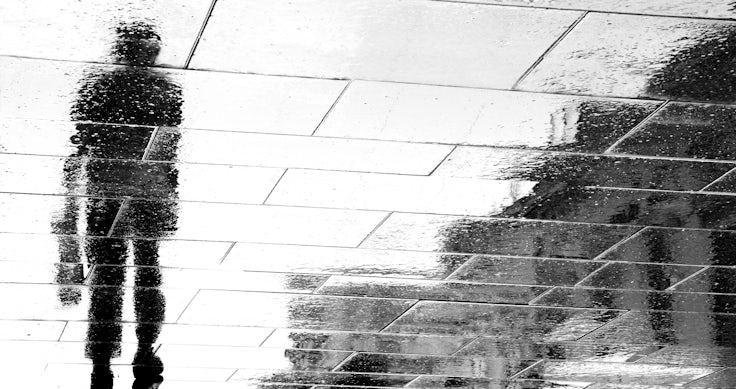The UK’s most memorable ad slogans revealed
New research from the ASA and YouGov reveals the UK’s most memorable ad slogans, with marketers from four of the brands in the top 10 sharing why they believe their straplines have been so enduring.
 Tesco’s ‘Every little helps’ has been revealed as the UK’s most memorable slogan, according to new data shared exclusively with Marketing Week.
Tesco’s ‘Every little helps’ has been revealed as the UK’s most memorable slogan, according to new data shared exclusively with Marketing Week.
It is followed by Nike’s ‘Just Do It’ and McDonald’s ‘I’m Lovin’ It’, showing successful taglines don’t need to mention a brand name to be instantly recognisable.
The research, conducted by YouGov on behalf of the Advertising Standards Authority (ASA), surveyed 6,808 people across the UK, asking them to recall a slogan or strapline from an ad they remembered.
The rest of the top five is made up of Heinz’s ‘Beanz Meanz Heinz’ and Autoglass’s ‘Autoglass Repair, Autoglass Replace’.
“These slogans aren’t just marketing tools, they’ve become part of our language, humour and shared experiences, reflecting the essence of British culture and the creativity of the ad industry,” ASA CEO Guy Parker tells Marketing Week.
Consistency, he suggests, is the key to these slogans’ success. “For a long time, they’ve had a lot of weight of spend behind them,” Parker notes, adding that simplicity, fluency and the way the words flow all contribute to their lasting impact.
Specsavers, which comes eighth on the list, launched its iconic tagline, ‘Should’ve gone to Specsavers’, in 2002. Since then, it has become a cultural shorthand for moments when people misinterpret or fail to see something clearly.
“People recognise themselves in it and it’s funny, and we know that humour is a really good way of making things stick and ensuring likeability,” explains Specsavers’ creative director Richard James. “People have latched on to it because they can use it very easily in everyday life.”
The tagline’s universal appeal allows Specsavers to adapt it to global markets without relying on trends or cultural nuances. “People understand it. It’s fairly basic; it’s not sophisticated humour,” James adds.
Previous research by Kantar highlights the branding power of slogans. When a brand name is included and consistently repeated, it becomes an established branding cue it suggests, increasing recognition in TV ads by six points. The impact grows further when the slogan is sung, leading to a 17-point boost in branding.
Mixed appeal
While some slogans in the ASA research resonated across generations, others struck a chord with specific age groups.
Reckitt-owned Calgon’s ‘Washing machines live longer with Calgon’, which places seventh on the list, debuted in 1985 and has been translated into over 23 languages. Despite being around for 40 years, the slogan was the fifth most memorable among those aged 16 to 34, yet didn’t place in the top 10 for over 55s.
‘Show you we know you’: Morrisons’ CMO on its mission to win customers back
“Having something so memorable means we don’t need to continuously introduce our brand, giving us more time to hone in on our current product messaging,” explains Hannah Skardon, marketing director of Reckitt Essential Home UKI & ANZ.
Conversely, Gillette’s ‘The Best a Man Can Get’, which first launched in 1989 and places ninth overall, is not recognised in the top 10 among 16 to 34s but is the sixth most memorable for those aged 35 to 54.
“We’ve used it for decades in our marketing wherever you see the brand, from the song in the ads, closing taglines, on pack or jingles across media,” notes Gillette Europe’s senior brand director, Jared Regan.
Jingles are brilliant at building memory structures and sticking in people’s heads.
Alex Rogerson, Morrisons
Many of these brand slogans have stood the test of time because they’ve remained consistent while adapting to meet societal expectations, appeal to newer audiences and adapt to modern media channels. The rest of the top 10 is made up of Smash’s ‘For mash, get Smash’ (6th), and Morrisons’ ‘More reasons to shop at Morrisons’ (10th).
“If you’ve got a long-standing slogan that people are aware of, and you give it up and change to something else when a regulator hasn’t talked to you, you really ought to think about that,” urges Jackson.
“There’s potentially decades of ad spend that has gone into making that slogan sticky in people’s minds.”
Morrisons, for instance, retired its ‘More reasons to shop at Morrisons’ slogan in 2006 after introducing it in the late 1970s. However, the brand revived it in 2023 with a refreshed version of the classic jingle.
“Brands often have to look backwards to look forward because brands need to be really clear on what made them great in the first place,” explains group marketing director Alex Rogerson, noting it was “risky” to bring back the slogan because it could be perceived as a “retrograde step”.
However, he says the slogan’s revival has been “transformative” in its media effectiveness, adding that the slogan’s familiarity has unlocked greater media performance through econometric modelling and ad tracking.
“We felt that Morrisons’ core values are as relevant today as they always were,” he says. “Therefore, if we can bring back something that’s well-loved and memorable from the past and make it relevant for today, then we’d be rewarded with the fame that it gives our brand.”
Adapting to new channels
The challenge today lies in adapting iconic slogans to a fragmented media landscape. Unlike the 1980s, when a single TV ad could reach millions, brands must now navigate platforms like TikTok, podcasts, and short-form video.
“Jingles are brilliant at building memory structures and sticking in people’s heads,” explains Rogerson. “Having a short, snappy slogan set to music is extremely powerful.”
Research by Kantar supports this. In 2014, 74% of ads included a slogan, compared to just 52% in 2022. Ads with music saw a 25-point branding increase, while digital ads with familiar slogans boosted brand recognition, distinctiveness, enjoyment and involvement.
For Calgon, Skardon notes that the jingle is “critical” to any audio or audiovisual advertising and opens up opportunities to explore additional media channels, such as radio and podcasts.
“The slogan is an essential component of all our audio creative. The fact that it is so well known means it can be used as a brand bookend, giving us space to talk about the latest product or innovation while maintaining brand awareness and speed of recognition,” she adds.
Collaborate, share and embrace failure: Lessons from a day with Specsavers’ marketing team
Brands can also adapt it to newer channels faster. Specsavers used to do a lot of reactive press, for example, putting a reaction to key moments at the Oscars in the newspaper, but now it can do that at a faster pace on its social media channels. Meanwhile, social media users reference the brand without Specsavers prompting them to.
“People create their own advertising for us,” he says. “It doesn’t exist just in one place and at one time.
Despite the enduring appeal of classic slogans, the shift toward performance marketing and data-driven strategies has changed priorities.
“I suspect less thought and focus is on memorable slogans and jingles now than was the case two or three decades ago,” Jackson notes.
“So maybe there are some brands and agencies that have taken their eye off the board a bit and haven’t prioritised the value that you can get out of a memorable slogan that is sticky, that chimes with people, and that can carry on working for you for years after you stopped using it.”






